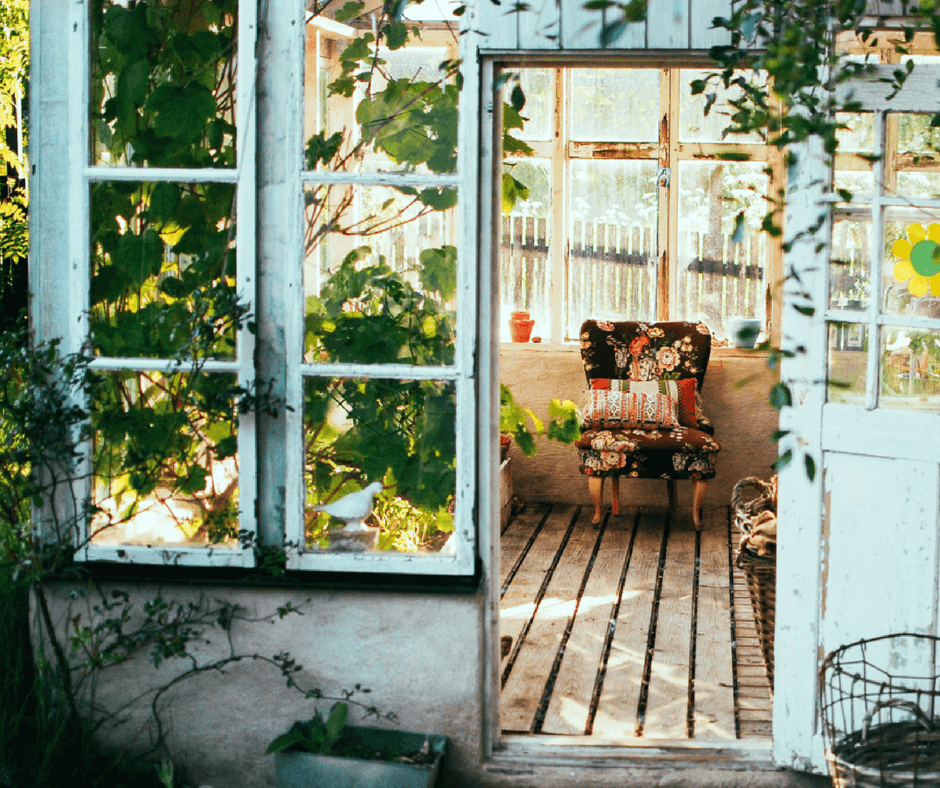In the Writerly Play Cafe, you’re invited to collaborate with others—giving and receiving feedback, problem-solving, and overcoming any creative blocks that may arise.
Creativity doesn’t happen in isolation. In fact, the most common definitions of creativity require that an idea isn’t only original, but useful. To determine usefulness, we look at a work’s impact on others. And thus, others are a key part of any creative act. That’s why we can’t forget the importance of the Writerly Play Cafe.
If you’re joining this series mid-stream and wondering what in the world the Writerly Play Cafe is, you might find it helpful to start at the beginning.
The Cafe rounds out our collection of mental spaces in the creative landscape of Writerly Play. Depending on your medium and your creative style, the Cafe may be your main work space. It may also be your least visited room. Whichever is true for you, it’s important to be aware of when we are in our Cafe and when we are not.
Even the most collaborative of art forms benefit from individual voices. At some point, we need to quiet all outside noise and listen to our own intuition. So, like the Studio and Workshop, I’ll invite you to think about the distance you need between your Attic and Cafe. You might only need a thin door. Or you might choose to set up your Cafe out in the back garden as I have.
I need the distance to give myself time to ask:
Do I need feedback right now?
What kind of feedback do I need, and from whom?
So, where will you place your Writerly Play Cafe? What type of doorway will invite your collaborative, social self out to play? Listen to the buzz of the Cafe, feel the warmth of community inside, and make your way inside.
Look around. Who is in your Writerly Play Cafe right now?
Do people come and go? Is it an invitation-only space? Are there nooks and crannies to quietly speak with one friend, or a wide, weathered table with plenty of seating for a crowd? What other items are in the space? A whiteboard? Snacks? Past successes on display?
The more you engage with Cafe thinking, the better you will become at processing and putting feedback to use.
The core skills in the Writerly Play Cafe include:
-
Asking for Feedback
-
Receiving Feedback
-
Applying Feedback
-
Giving Feedback
-
Discussing Options
-
Learning from Feedback
In order to play to your strengths while thinking in these ways, what tools, strategies or supplies ought to be in your Cafe? What tried-and-true strategies do you have? What kinds of tools or activities would you like to seek out? Add to your toolkit or list. And if you’d like to explore some additional possibilities, here’s my
recent list of Cafe tools and strategies.
Writerly Play is a tool to individualize, map and problem-solve the creative process.
Before you start work, you can use Writerly Play’s narrative structure to identify your strengths and weaknesses, choose strategies that will work well for you, and determine a starting place.
As you go, you can use Writerly Play to track your progress. Which rooms have you visited? What room might help next? In your chosen room, what tool or strategy is most likely to yield momentum? If you haven’t downloaded it already, use the form below to snag your Writerly Play map. Print it as many times as you like to map your way through a project.
Or, when you find yourself stuck, you can use the map to unlock new possibilities. Writerly Play is a powerful antidote to creative blocks. Rather than beating your head against the wall, trying to do the same thing over and over, you can try out a different space, a different approach.
Ultimately, the who, the what, and the where of Writerly Play will help you transform your creative development into a story. And by telling yourself that story, you will be able to find and maintain creative flow.
And that, my friend, is what I truly wish for you.
The world needs your voice, your perspective, the stories that only you can tell. We need your creative solutions and most importantly, your joy.


